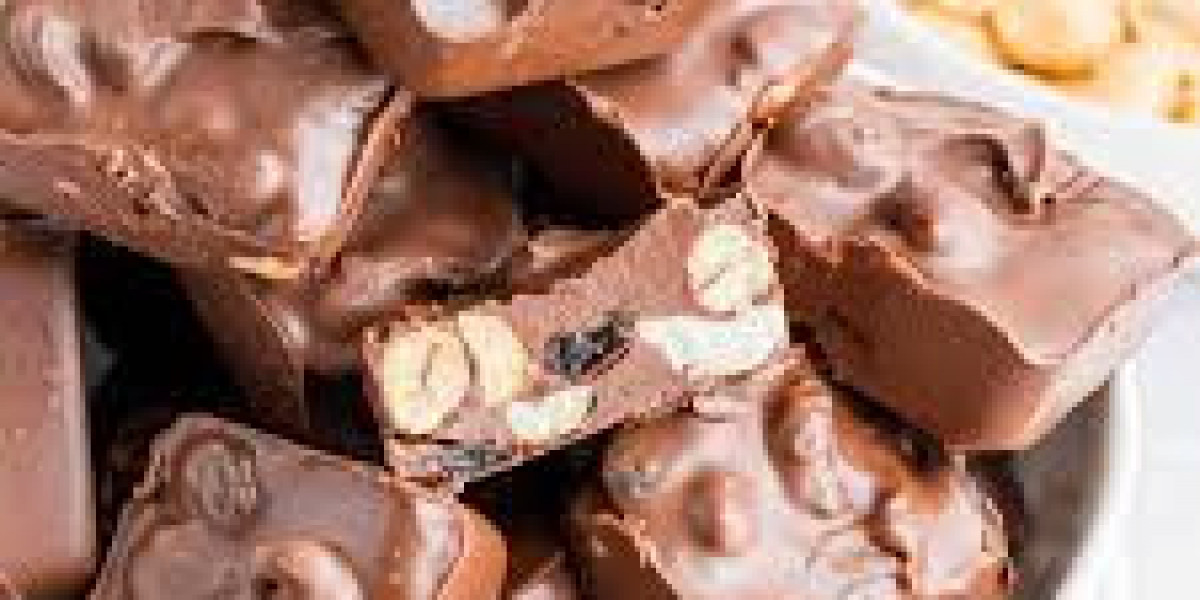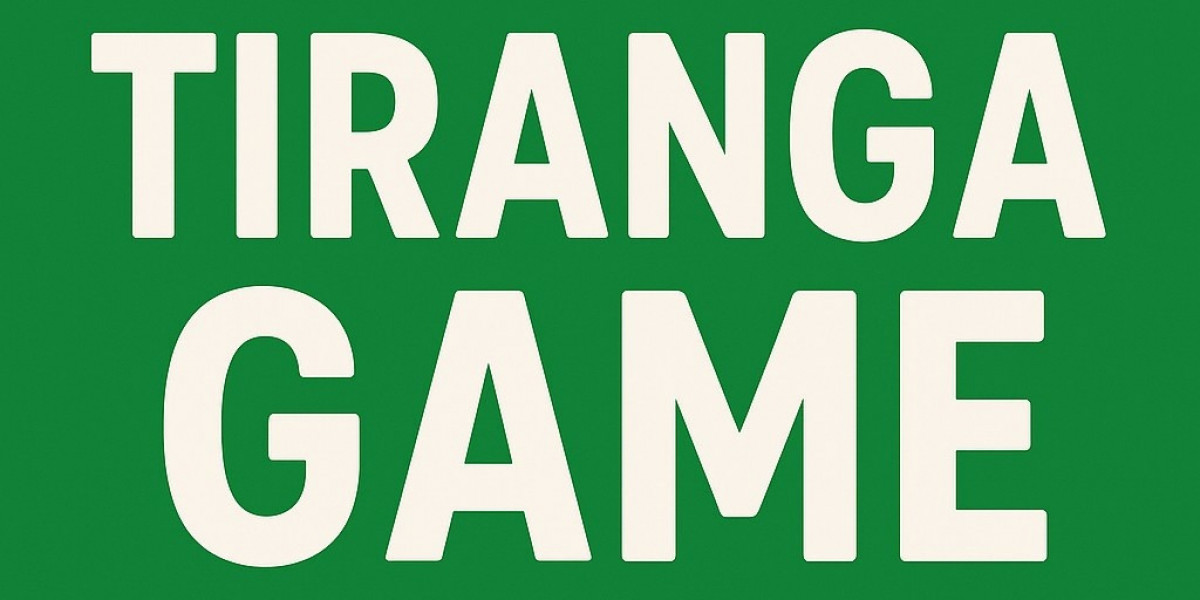Introduction
There’s hardly a person who doesn’t enjoy the rich, creamy, and satisfying taste of a chocolate bar. From childhood treats to luxury indulgences, chocolate bars hold a special place in our hearts and culture. Whether it’s a quick snack, a thoughtful gift, or a comfort food for stressful days, the chocolate bar has evolved into more than just a sweet treat — it’s a symbol of happiness and celebration. Over the decades, chocolate bars have diversified in flavors, textures, and ingredients, catering to every taste preference and dietary choice.
The Origin and Evolution of the Chocolate Bar
The story of the chocolate bar begins hundreds of years ago with the ancient civilizations of the Mayans and Aztecs, who drank a bitter cocoa beverage made from crushed cacao beans. The modern chocolate bar as we know it was first created in the 19th century when manufacturers like Joseph Fry and John Cadbury experimented with blending cocoa, sugar, and cocoa butter to form solid bars.As technology advanced, chocolate became more accessible and affordable. Brands like Hershey’s, Nestlé, and Cadbury popularized chocolate bars globally, transforming what was once a luxury into an everyday delight. Today, from classic milk chocolate to exotic dark, vegan, and organic varieties, chocolate bars have become a universal language of sweetness.
Types of Chocolate Bars
The world of chocolate bars is vast and deliciously diverse. Here are the main types that continue to win hearts worldwide:
Milk Chocolate Bars
The most popular of all, milk chocolate bars are creamy, smooth, and sweet. Made with cocoa solids, sugar, and milk powder, they appeal to both kids and adults alike. Famous examples include Dairy Milk, Galaxy, and Milka.Dark Chocolate Bars
Known for their rich and intense flavor, dark chocolate bars contain higher cocoa content (usually 60–90%) and less sugar. They are also packed with antioxidants, making them a favorite among health-conscious consumers.White Chocolate Bars
Technically not “true” chocolate since they lack cocoa solids, white chocolate bars are made from cocoa butter, milk, and sugar, offering a buttery, sweet flavor.Filled or Flavored Chocolate Bars
These include chocolate bars filled with caramel, nuts, wafers, fruits, or creams. Brands like Snickers, Bounty, and Twix are great examples of this category.Artisan and Premium Chocolate Bars
Crafted with high-quality cocoa and often sourced ethically, these bars focus on rich flavor profiles and minimal ingredients. Many are handcrafted and feature unique combinations like sea salt caramel, chili, or coffee-infused chocolate.
If you want to know more information you can visit to chocolate
The Health Benefits of Chocolate Bars
Surprisingly, not all chocolate indulgence is bad for you. When consumed in moderation, especially dark chocolate bars, they can provide several health benefits:
Rich in Antioxidants: Cocoa contains flavonoids, which help fight oxidative stress and support heart health.
Mood Enhancer: Chocolate stimulates serotonin and dopamine production in the brain, improving mood and reducing stress.
Heart Health: Studies suggest moderate dark chocolate consumption can improve blood circulation and lower blood pressure.
Energy Boost: With natural sugars and caffeine, chocolate provides a quick and satisfying energy boost.
Improved Focus: The small caffeine and theobromine content in chocolate can help enhance concentration and mental clarity.
However, it’s important to enjoy chocolate bars responsibly, as excess sugar and fats can offset these benefits.
Popular Chocolate Bar Brands
The global chocolate market is filled with renowned names that have defined how we experience this treat. Some of the most popular chocolate bar brands include:
Cadbury Dairy Milk (UK): A classic creamy milk chocolate loved across generations.
Hershey’s (USA): Famous for its smooth texture and iconic shape.
Nestlé (Switzerland): Makers of Kit Kat, Crunch, and Aero bars.
Lindt (Switzerland): Known for premium Swiss-quality chocolate and truffle-filled bars.
Mars (USA): Creators of favorites like Snickers, Twix, and Milky Way.
Toblerone (Switzerland): Recognizable by its triangular shape and honey-almond nougat flavor.
Local and artisan brands have also gained popularity, offering organic, vegan, and handcrafted chocolate bars that appeal to niche markets.
The Future of Chocolate Bars
The chocolate bar industry continues to innovate with changing consumer preferences. Health-conscious consumers are driving demand for low-sugar, high-cocoa, and plant-based alternatives. Sustainable sourcing and ethical cocoa farming are also becoming priorities for major chocolate producers.In addition, the rise of limited-edition flavors, eco-friendly packaging, and customized chocolate bars for gifting has added excitement to the market. With digital marketing and online stores, customers can now explore and order premium chocolate bars from anywhere in the world.
Tips for Choosing the Perfect Chocolate Bar
Check Cocoa Content: A higher percentage means richer flavor and more antioxidants.
Read the Ingredients: Choose bars with fewer additives and natural sweeteners.
Look for Ethical Sourcing: Support brands that use fair-trade cocoa.
Experiment with Flavors: Try dark chocolate with sea salt, caramel, chili, or nuts for a unique experience.
Store Properly: Keep chocolate bars in a cool, dry place to preserve flavor and texture.
Conclusion
The chocolate bar has stood the test of time as one of the most beloved treats in the world. From a quick energy snack to a symbol of love and celebration, chocolate continues to bring people joy in countless forms. With so many types, flavors, and health-conscious options available today, there’s a chocolate bar for everyone. Whether you enjoy the creamy sweetness of milk chocolate or the bold bitterness of dark, one thing is certain — every bite tells a story of indulgence and happiness.
For more articles visit here








